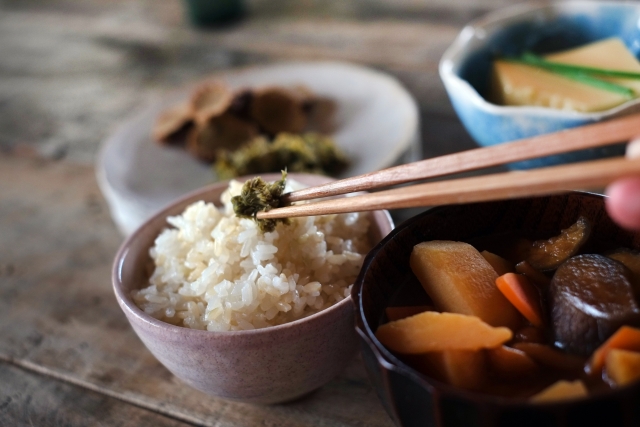Walk through any Japanese neighborhood around dinnertime, and you’ll catch a mix of aromas — grilled fish, simmered vegetables, miso soup steaming softly in the kitchen. Simple meals, yes. But together, they’ve quietly shaped one of the longest-living societies on Earth.
What makes the Japanese way of eating so powerful? Let’s uncover the science — and the spirit — behind it.
A Tradition That Evolved with Time
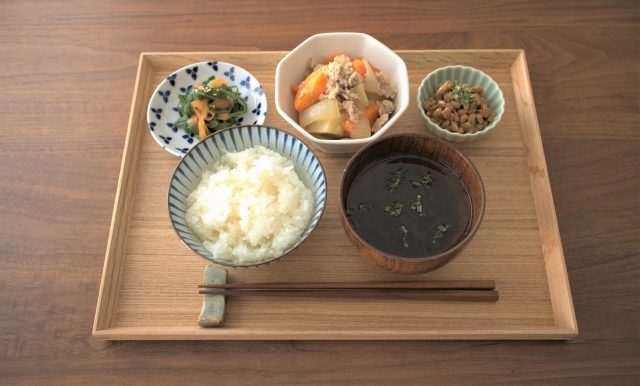
Japan’s traditional meal structure, ichiju-sansai — “one soup and three dishes” — is a beautiful expression of balance: a bowl of rice, a clear soup, a piece of fish, and a few side dishes of vegetables or tofu. Nothing excessive. Everything harmonious.
But this balance wasn’t perfect a century ago. In the early 1900s, before meat and dairy were common, many Japanese suffered from vitamin deficiencies like beriberi (due to a lack of B1).
After the war, Western nutrition met Japanese simplicity — and a healthier hybrid emerged. Today’s longevity is built on that fusion of past and present.
Why Fish Matters (and Fat Doesn’t)
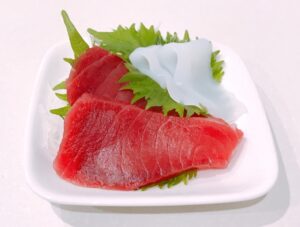
From mackerel and salmon to sardines and bonito, fish appears on the table several times a week — sometimes daily. That means plenty of omega-3 fatty acids (EPA/DHA), which support heart health and calm inflammation.
At the same time, overall fat intake stays relatively modest in Japan (around 25–30% of calories) — lower than many Western diets.
The result: fewer weight-related issues and a lower risk of coronary heart disease, even as the population ages.
Soy, the Quiet Hero of Japanese Cooking
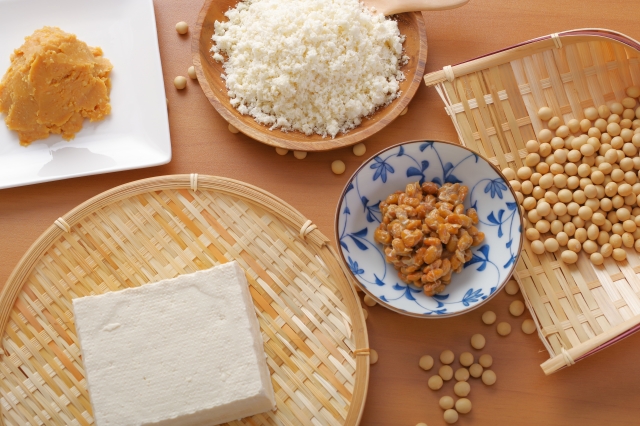
Tofu, natto, and miso deliver plant-based protein, fiber, and isoflavones that help regulate cholesterol, support bone health, and maintain strength with age.
Swapping part of your red meat for soy-based dishes is an easy longevity upgrade — and a very Japanese one.
Green Tea: Small Cup, Big Impact
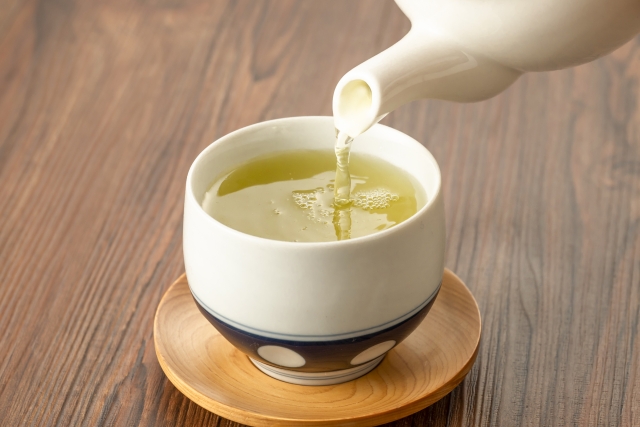
Sencha, matcha, hojicha — green tea is packed with catechins, antioxidants linked to healthier blood pressure and reduced oxidative stress. Just as important is the ritual itself: a quiet pause that lowers stress and recenters the day.
In Japan, health is physical — and gently mental, too.
30 Ingredients & 5 Colors — The Art of Variety
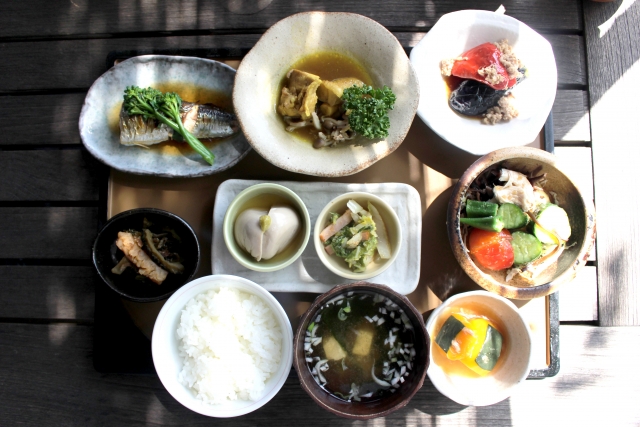
Two simple habits keep meals diverse and satisfying:
- “Eat 30 ingredients a day” — not as a strict count, but as a mindset for variety.
- “Five colors on the plate” — green (leafy veg), red (tomato), yellow/orange (carrot/pumpkin), white (rice/tofu/daikon), black (seaweed/sesame/mushrooms). If your meal looks like a small watercolor palette, it’s probably well-balanced.
Mindfulness, Not Math
Forget meticulous calorie counting. Many still echo hara hachi bu — “eat until you’re 80% full.” Portions are modest, meals are shared, and eating is unhurried. The body (and mind) get the space they need.
The Real Secret? Balance, Not Rules.
The Japanese diet isn’t a miracle or a mystery. It’s the quiet power of balance — a rhythm between variety and moderation, science and tradition, nourishment and joy.
Eat with gratitude. Move gently. Rest deeply. That’s not a trend — it’s a way of life.

